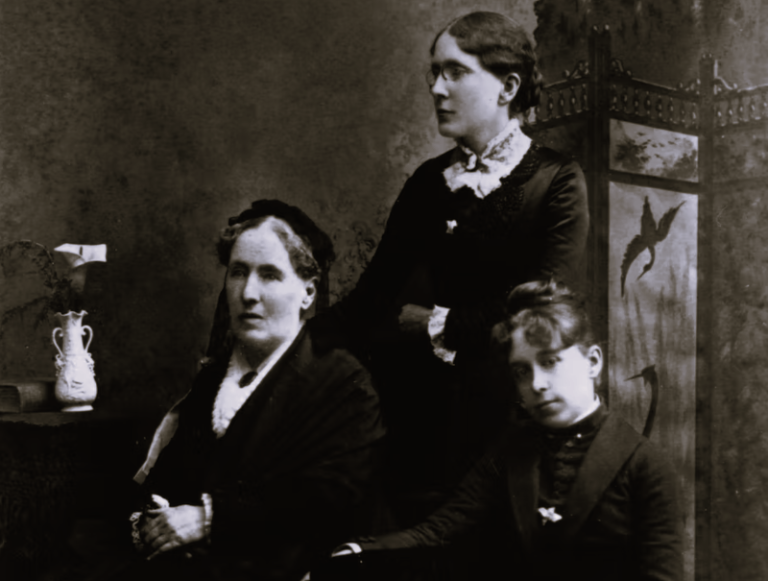

We cannot put too many restrictions on the medication or price it out of range for low-income individuals.
According to Power to Decide’s contraceptive deserts map, vast swaths of communities in the U.S. have little to no access to health centers that offer the full range of contraceptive methods, which include intrauterine devices, birth control pills, implants, the ring, the patch, the shot, diaphragms, cervical caps, and emergency contraception. There is a particularly significant dearth of access through the Midwest, stretching from North Dakota down to Texas.
Very few states have consistent contraceptive access statewide. For instance, people living in the northern areas of Michigan have generally good access to contraceptive methods, with the majority of counties falling into the top two categories with the most access. On the other hand, people living in Michigan’s southern counties are far more likely to have limited access, with many being at the other end of the spectrum with the least access. Utah serves as another example of this divide but with a split between the eastern and western portions of the state.
Speaking with Stacker, Tara Mancini said that in the discussions the FDA scientific advisory board had before recommending that the agency approve Opill for OTC use, “we heard from lots of folks speaking about what the benefits would be for communities, including young people, communities of color, communities with low incomes, and migrant communities.”
Beyond just approving Opill for OTC use, Mancini mentioned the importance of not putting too many restrictions on the medication or pricing it out of range for low-income individuals. In particular, they emphasized ensuring that accessing Opill does not have an age requirement because this could prevent young people and people without official identification, who are often at-risk groups for unplanned pregnancies, from using this form of contraception.
Originally published by The Laconia Daily Sun, 07.14.2023, republished under fair use.


